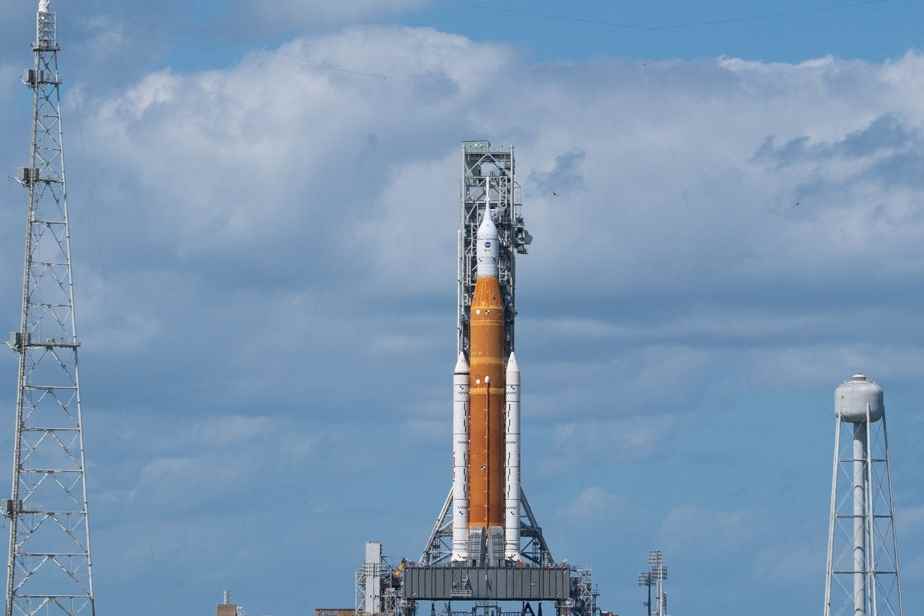Do you have questions about our editorials? Questions about hot topics in the news? Each week, the editorial team responds to readers of The Press.
Posted yesterday at 11:00 a.m.
Don’t you think that these mega rockets that NASA sends into the atmosphere are one of the major causes of pollution? Aren’t we messing up the atmosphere trying to find out what’s going on on Mars and the Moon?
Francine Davis
NASA’s SLS rocket has been awaited since August 29. It has been postponed several times and should take place somewhere in November, if all goes well.
This mission, dubbed Artemis I, is the first of three. The ultimate goal is to send humans — including the first woman — to the moon no earlier than 2025.
All of this is very exciting, but we can still ask questions about the effects of space travel, especially since, alongside NASA’s scientific missions, wealthy businessmen — the Lalibertés, Bezos, Branson, etc — pay for their own trip to space with millions of dollars.
Pollutants, these space trips?
It all depends on the rocket, says Richard Boudreault, associate professor in the chemical engineering department at Polytechnique Montréal.
The majority of NASA rockets run on hydrogen. The white smoke that can be observed in their wake is therefore water, quite simply. True, water vapor is a greenhouse gas, but these are very limited quantities, according to this expert, which have a negligible effect on global warming.
What about the private rockets of SpaceX, the company founded by Elon Musk whose avowed dream is to go to the planet Mars? SpaceX is also preparing to launch its Starship spacecraft, whose launcher, called Super Heavy, is equipped with 33 highly polluting engines. Note that Musk would like his Starship to participate in NASA’s Artemis missions.
These rockets run on a mixture of liquid methane and oxygen. When burning methane is released into the atmosphere, it forms CO2, a greenhouse gas. Even worse, adds Richard Boudreault, the methane purchased by SpaceX in the United States may come in part from the extraction of shale gas. It is therefore even more polluting, because the exploitation of methane generates leaks during its journey. This exhaust from the manufacturing process is 86 times more damaging than the emission of CO2. That said, Professor Boudreault points out that methane produces far less greenhouse gases than burning gasoline or diesel.
For comparison, it is estimated that a flight across the Atlantic using kerosene produces around 1 tonne of CO2 per passenger. You should know that kerosene produces between 4 and 16 times more greenhouse gas emissions than methane. If we agree that a full flight includes an average of 300 people (passengers and crew), the total emission would therefore be somewhere between 1200 and 6000 tonnes of CO equivalent.2. A SpaceX rocket taking off? About 1000 tons!
The rocket therefore has less effect on global warming than a single transatlantic flight aboard a full jumbo jet.
And we can hope that the knowledge that space explorations generate amply compensates for their emissions.

